To the South: 20 historical and natural monuments of magic Surkhandarya
For a long time, the Surkhandarya region remained a mystery. Until the last quarter of the XIX century, the mountains located in the South of the Hissar range were practically not studied. In 1875, during the" Hissar expedition", Surkhandarya region was opened from a new side. It was found that the Surkhandarya oasis is located in a depression on the plain, and it is bordered on the East, North and West by mountain ranges. In the South, the oasis is washed by the most abundant river in Central Asia – the Amu Darya. The geographical location and orographic features have shaped the unique climate of this area. The western spurs of the Hissar range protect the valley from the invasion of cold air masses, and the southern side is open to the penetration of warm tropical air.
The climate and geography of Surkhandarya made it possible to preserve historical monuments, ruins of ancient cities, and untouched natural attractions almost in their original form. Surkhandarya has become an interesting tourist route, where you can see atypical architecture for Uzbekistan, colorful buildings of antiquity, as well as get acquainted with the unique, original culture characteristic of this region.
It is known that Alexander the Great, Genghis Khan, Ibn Battuta, Rui Gonzales de Clavijo passed through Surkhandarya. Since ancient times, Surkhandarya connected the ancient cities of Sogdiana with Bactria and India. This place has always attracted travelers, explorers and adventurers. We tell you about the most important sights of Surkhandarya region that you must see.
1. Kirk-kiz Fortress 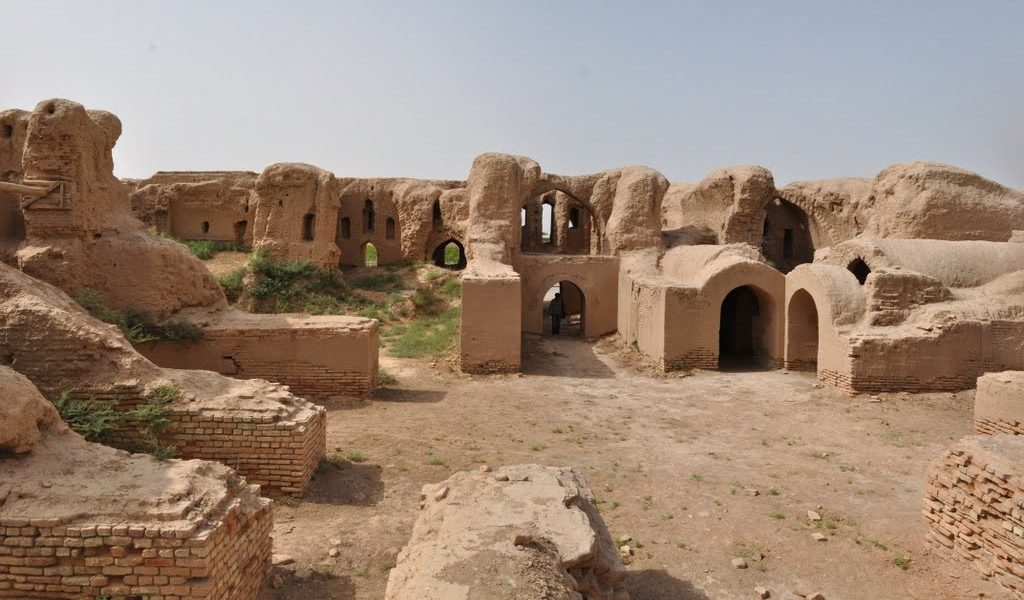
Kyrk-kiz fortress is an architectural monument located in the Termez district and built in the IX-X centuries. Currently, the monument is preserved in ruins, which convey the former greatness of the ancient structure, even after a Millennium. Researchers put forward various hypotheses as to what function this structure performed in the past. Perhaps it was a country aristocratic palace, a women's madrasah, a khanaka, or a caravanserai. But most of all, historians agree on the version that this structure served as a defensive fortress of old Termez.
2. Khanaka Kokildor-ota
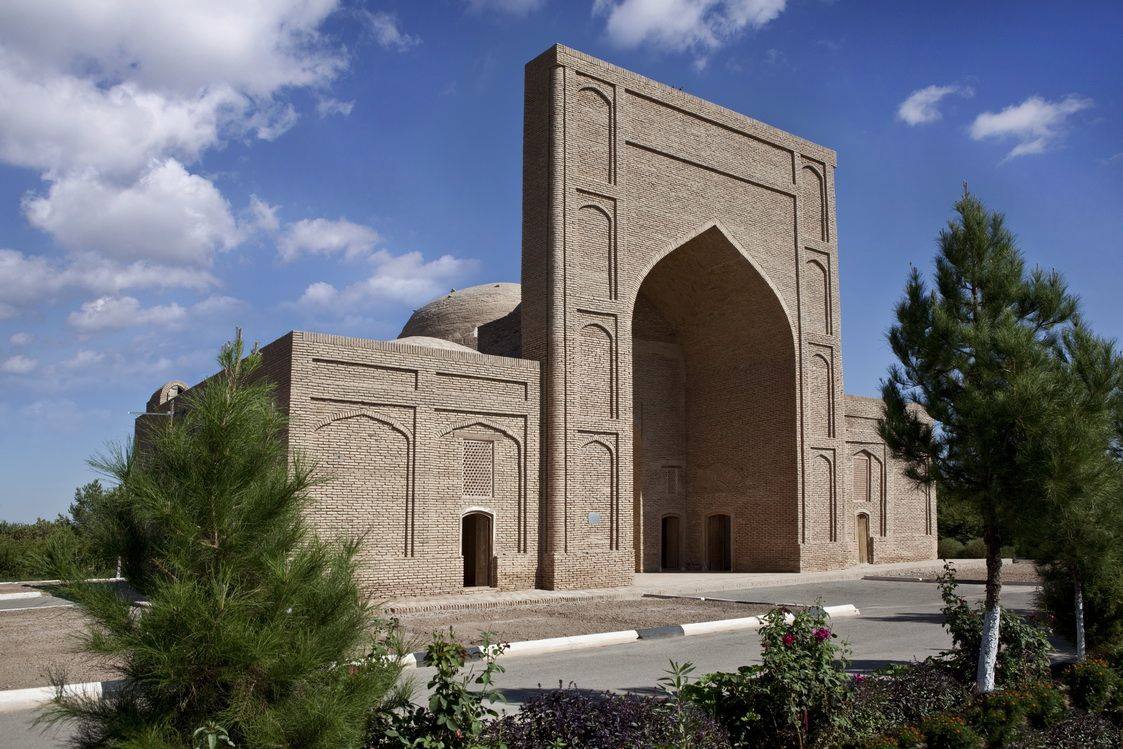
Khanaka Kokildor-ota is located in Termez and was built in the middle of the XI century. This building is a Holy monastery that has become especially revered in the Muslim world. Khanaka is notable for its unusual layout and architecture. Researchers believe that the building was rebuilt in the XV century: a majestic portal was completed to the front open facade.
3. The Complex of Sultan Saodat
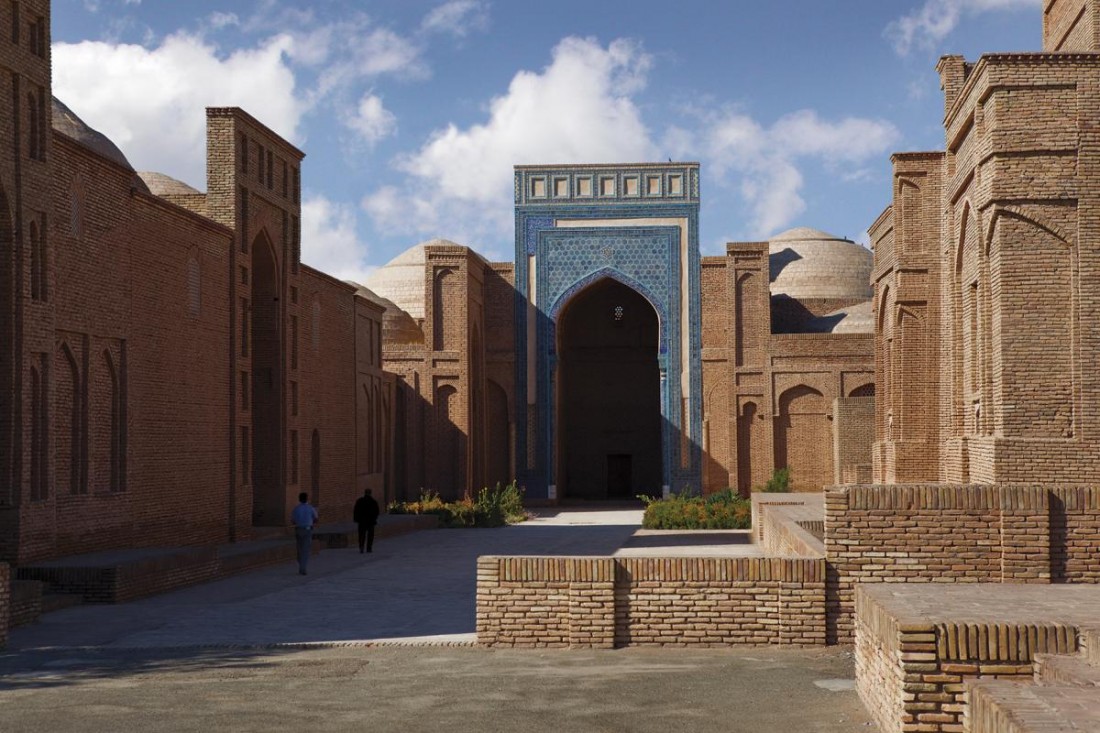
Sultan Saodat – mausoleum complex with tombs of the Termez seyids. In the IX century, the Termez Seyid dynasty was formed, which made a great contribution to the development of the state. Many residents of this region associate their origin with an ancient dynasty. The main complex of mausoleums was built side by side in the XII century, and the rest – in the XV and XVII centuries. They are located on both sides of a long courtyard and consist of four halls with a roof and a dome.
4. Mausoleum of Sayid Waqqas
The current name of Said Waqqas is Ahmab Ibn Abu Sayid Waqqas Termizi. Exact information about the years of life of this scientist and his creative activity has not been preserved. He was buried near the village of bug, where Imam al-Hakim at-Termizi lived. It is believed that Sayid Waqqas, like Imam Termizi, came from the house of Sayid. According to scientists, the mausoleum of Abdullah Sayid Waqqas at-Termizi lived much earlier.
5. The complex of Hakim at-Termizi
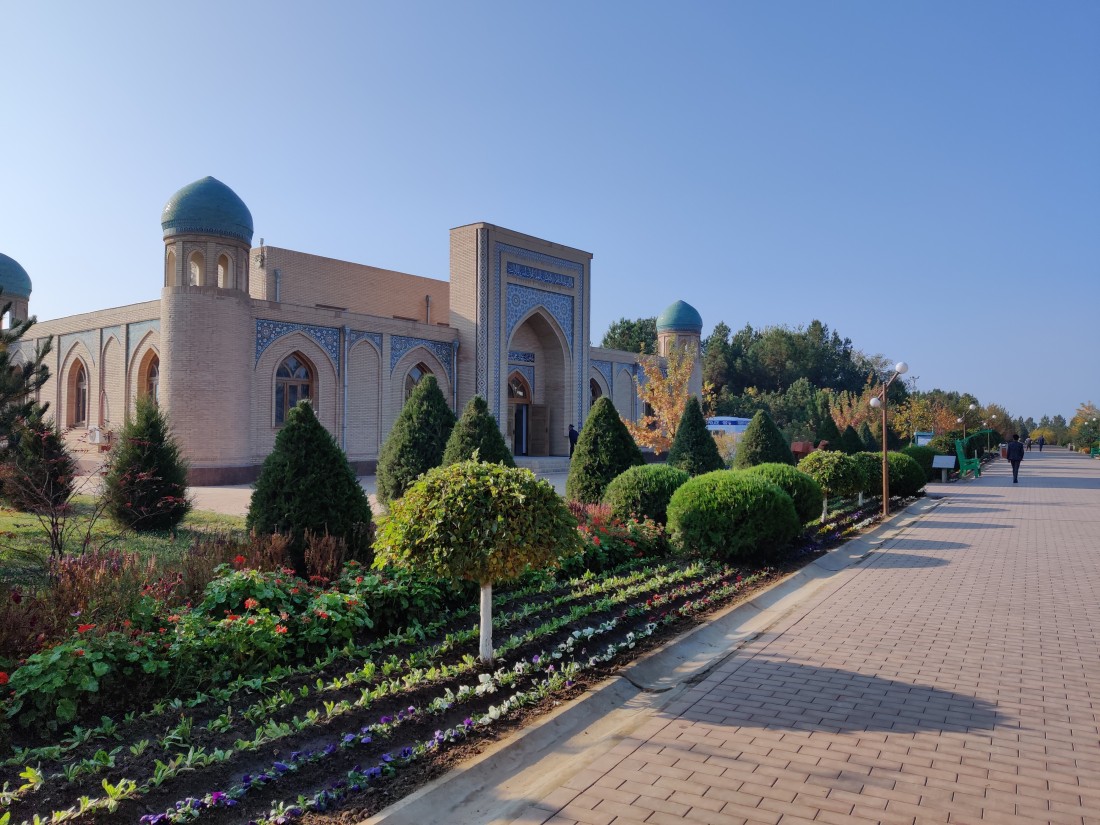
The al-Hakim at-Termizi complex is an architectural monument and a sacred place of worship for Muslims. It is located on the outskirts of old Termez. In the mausoleum is buried the outstanding Islamic figure Abu Abdulloh Ibn Hasan Ibn Bashir al-Hakimi at-Termizi, who was also called by the people respectfully Termez-ota, which means "Father of Termez". At-Termezi complex has several other interesting attractions: chillahona – ancient cave structures of the V-X centuries AD, the ruins of the ancient settlement of Tarmita (Old Termez) and the Museum of the city of Termez.
6. Buddhist temple Fayaz-Tepa
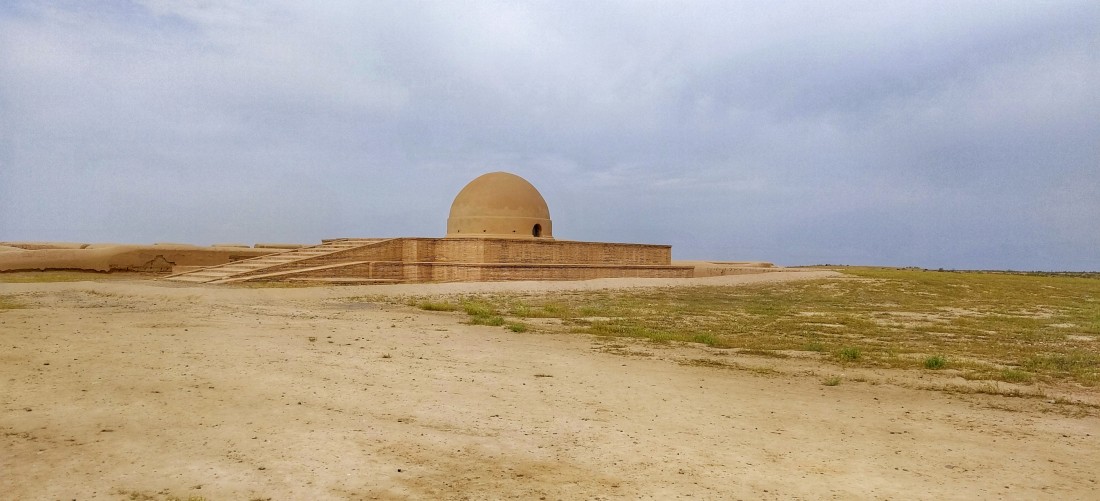
The Fayaztepa temple complex, dating from the first century BC to the 3rd century AD, is located on the territory of old Termez, between the Amu Darya river and the ancient caravan route. Once there were three large buildings: a temple, a monastery, and a courtyard with utility rooms. The complex impresses to this day with its grandeur and unusual layout.
7. Karatepa Buddhist temple complex
Karatepa is a complex of Buddhist temples located in the north-eastern part of old Termez. The monument is built on 3 natural ridges. The total area reached more than 8 hectares. The first Buddhist temples in Karatepa began to appear at the beginning of the 1st century. The temple complex flourished in the II-III centuries AD.
8. Kampyrtepa Fortress
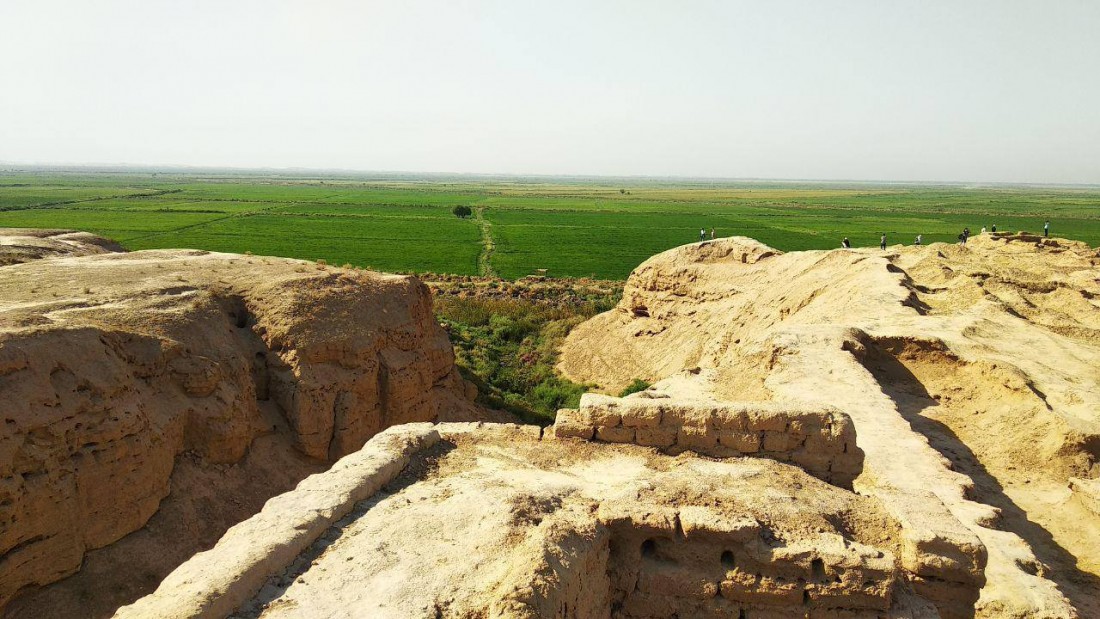
Kampyr – tepa is once existed an ancient city, located 30 km away from the city of Termez, on the right coast of the Amu Darya. In 2018, scientists and archaeologists proved that this was once the residence of Alexander the Great - ancient Alexandria on the Ox (other name of the Amu Darya). During the archaeological excavations, cultural layers were discovered and valuable items were found that relate to the period when the great commander came here.
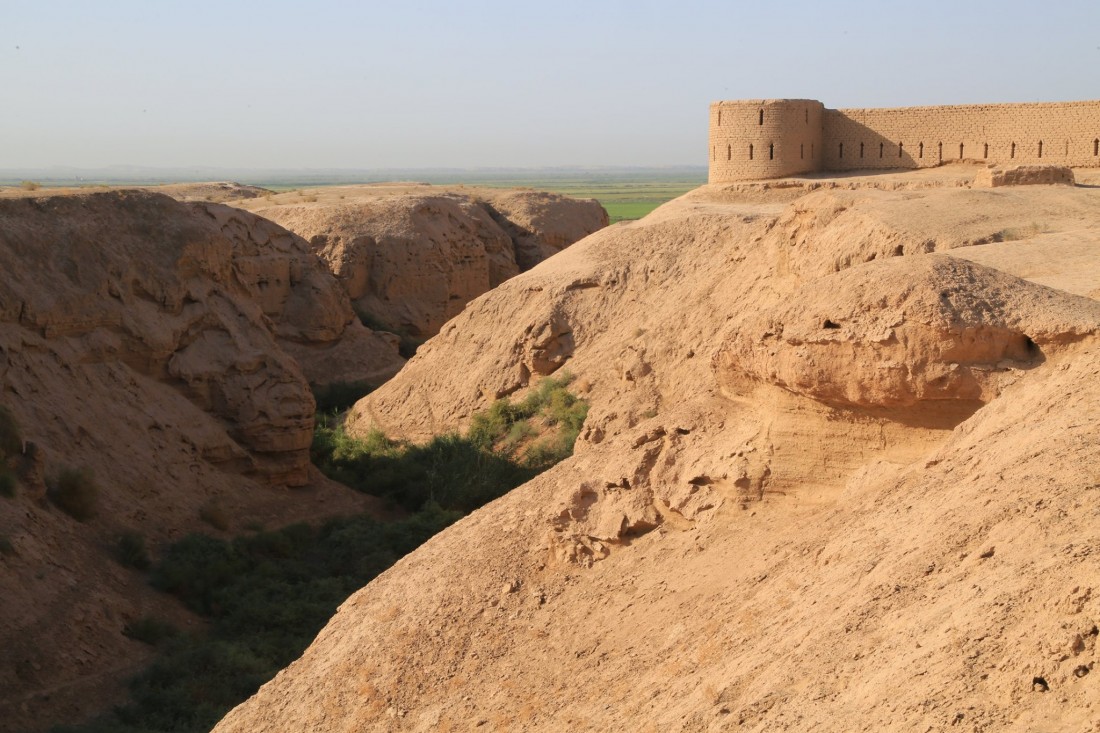
9. Khodjaikon salt cave
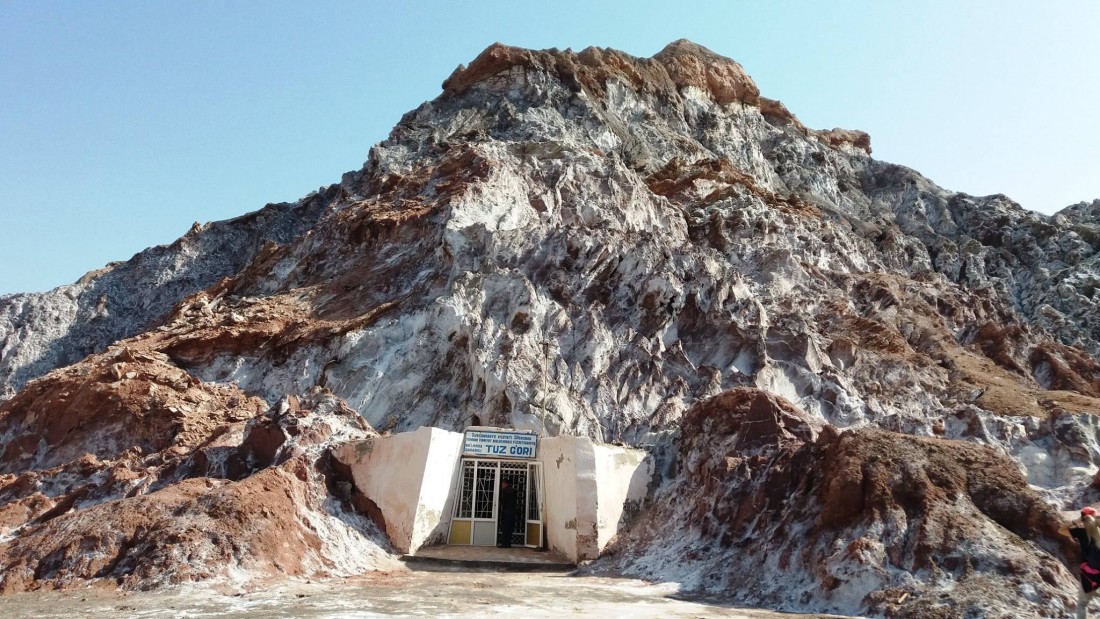
Khodjaikon salt cave is located in the Sherabad district, and for several years it provides services of sanatorium-resort treatment. One type of service is a type of healing treatment in a salt cave called speleotherapy. The Khodjaikon salt cave was opened in 1989. Staying in such a cave is very useful for patients with asthma, respiratory diseases, chronic bronchitis, complications of pneumonia, as well as skin diseases and reduced immunity. The advantage of this salt cave over other caves of this type is that the climate is dry and it is located at an altitude of 1200 meters above sea level. Khodjaikon salt cave has a length of 155 meters, inside it there are 3 treatment rooms, which differ from each other in temperature, humidity, pressure and trace elements.
10. Rock paintings Zarautsay
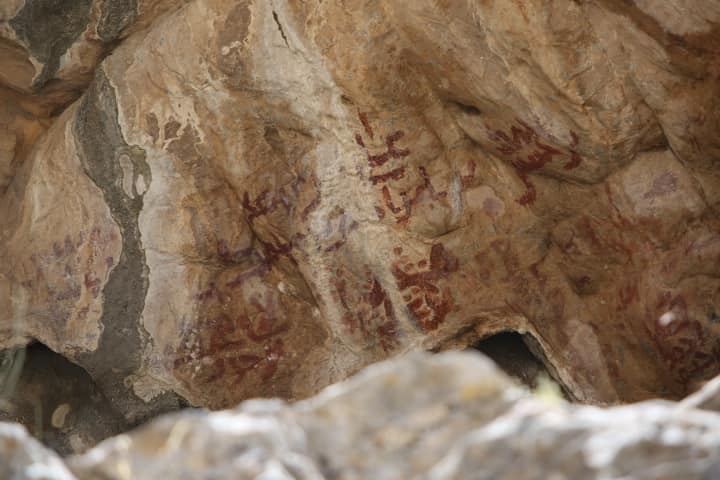
Zarautsay petroglyphs – ancient rock carvings, located in the south-west of Gissar range, on the Eastern slopes of the mountains Kugitang of Sherabad district, in the gorge of Zarautsay. More than 200 images of red angob were found in 1912. The figures Zarautsay depict people hunting with dogs on wild bulls. Animals (wild bull, dog, fox, wild boar, goat with twisted horns, gazelle, mountain goat, insects, etc.), various objects (bows, spears, sickles), people in masks are depicted in a unique way.
11. The Plane Syrob
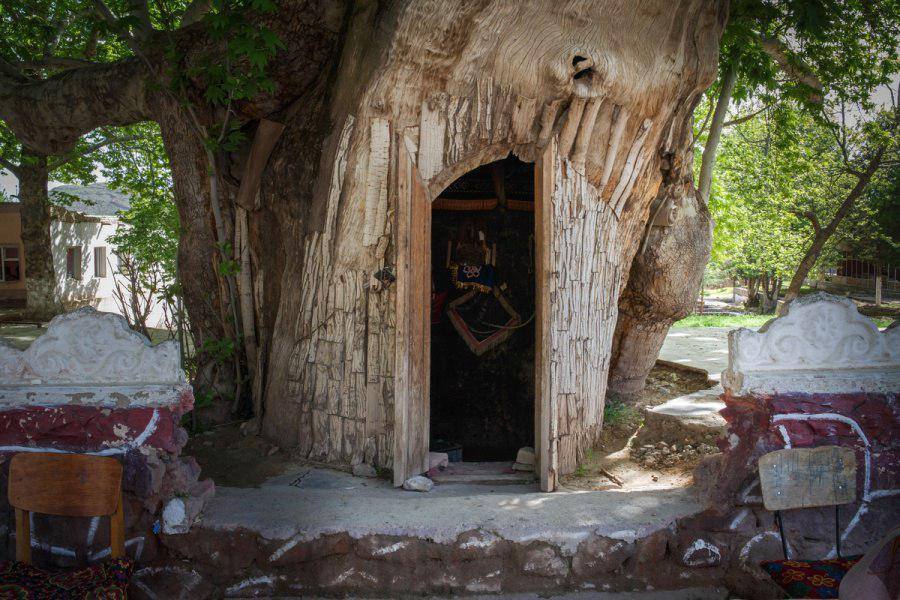
The Syrob maple is a revered "tree of life", a thousand years old. The tree trunk is hollow, and the hollow formed in it is so large that there used to be a small school inside, which could fit twenty students with a teacher. Now there is a mini-museum inside. The sycamore tree is protected as a natural monument and is a local shrine.
12. The Cave Of Teshik-Tash
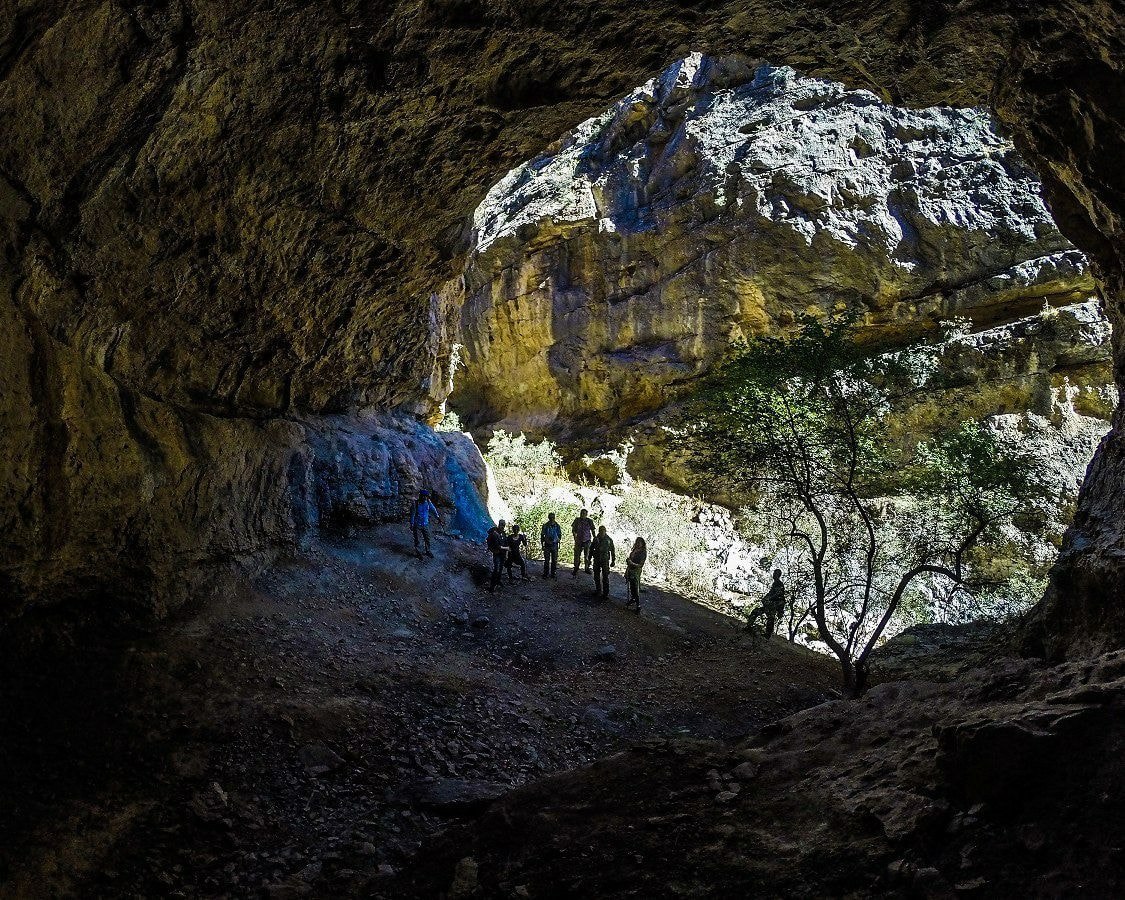
The Teshik-Tash cave-grotto is located in the Baysuntau mountains and is famous for the site of the Mousterian culture and the burial of a Neanderthal girl found there. The horns of a mountain goat were placed around the ritual burial and a circle of red paint was drawn. In addition, about 3,000 tools were found in the cave. The cave itself is located at an altitude of 1550 meters above sea level. Climbing to the top of the mountain, you can see the Karshi steppe and the main road leading to the village of Derbent.
13. Omonkhona Health Resort
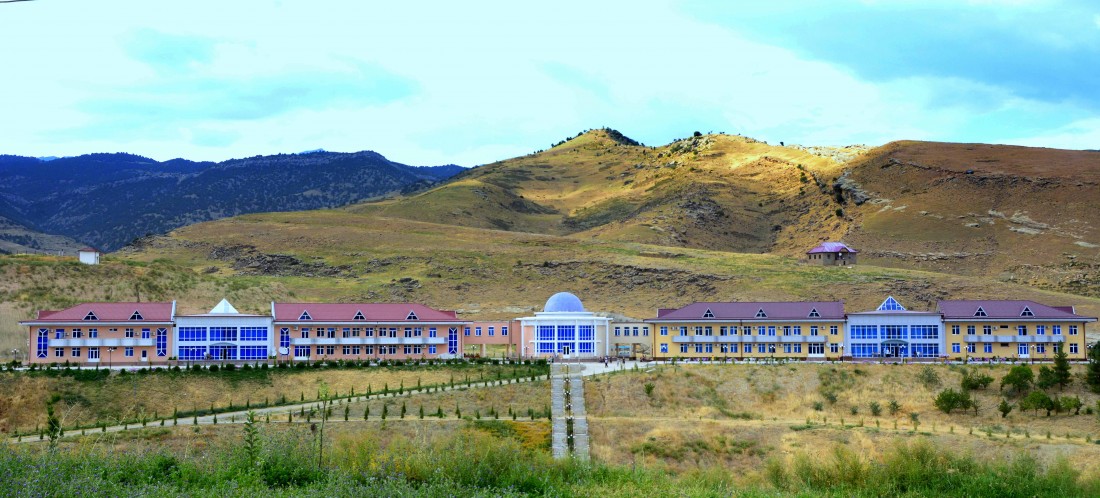
To the east of the center of Baysun district, a sign on the side of the main highway will lead you to the Omonkhona sanatorium. The sanatorium is located in the village of Omonkhona. According to local elders, people have lived here for 700 years. This is evidenced by the old cemetery in the village and the tombstones located on it. The word "Omon" means healthy, safe, peaceful, serene, and the word "hona" means room, place, address, space. Thus, "Omonkhona" is a place of peace, health and peacefulness. Turning off the main road, you will reach the center of the village, walking 15 kilometers through the hills.
14. Khoja Gur Gur Ota Array
The Khoja Gur Gur Ota array is one of the most striking sights of the Baysun mountains, an unusual giant peak with a five – hundred-meter cliff on one side and deep canyons on the other. "Father of all caves" – this is the name of the mountain range Khoja Gur Gur Ota. This place attracts not only mountaineers and extreme athletes. There is an ancient shrine and a gorge with a holy spring.
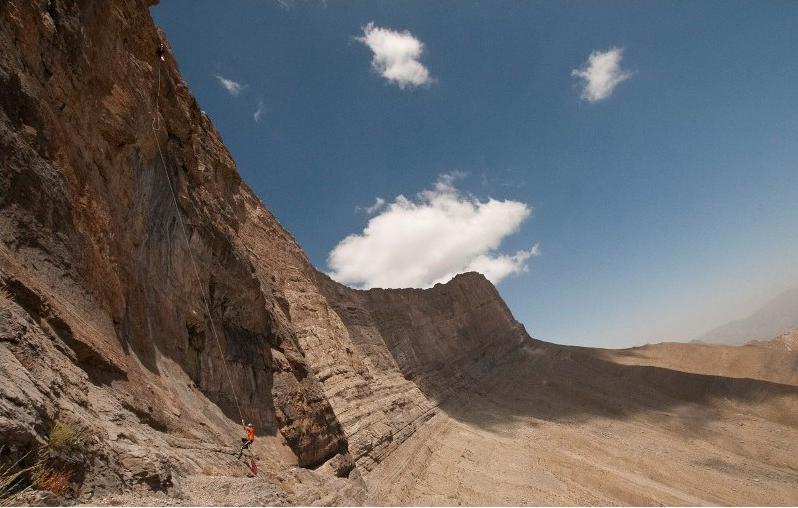 15. Topalang reservoire
15. Topalang reservoire
There are 5 reservoirs in the Surkhandarya region, one of which is the Topalang reservoir. Its construction began in 1982 in the Sariosyo district. Today, the height of the dam is 122 meters and it is one of the most attractive places of the Surkhandarya oasis, rich in natural diversity. The main water source of the reservoir is the Topalang river, which is formed by a tributary of the Karatag and Topalang rivers flowing from the southern Hissar mountain ranges, and is a right tributary of the Amu Darya. Topalang means "Red river" in Tajik. The river is 175 km long and the basin area is 13,500 km. From June to August, the river floods.
16. Sangardak Waterfall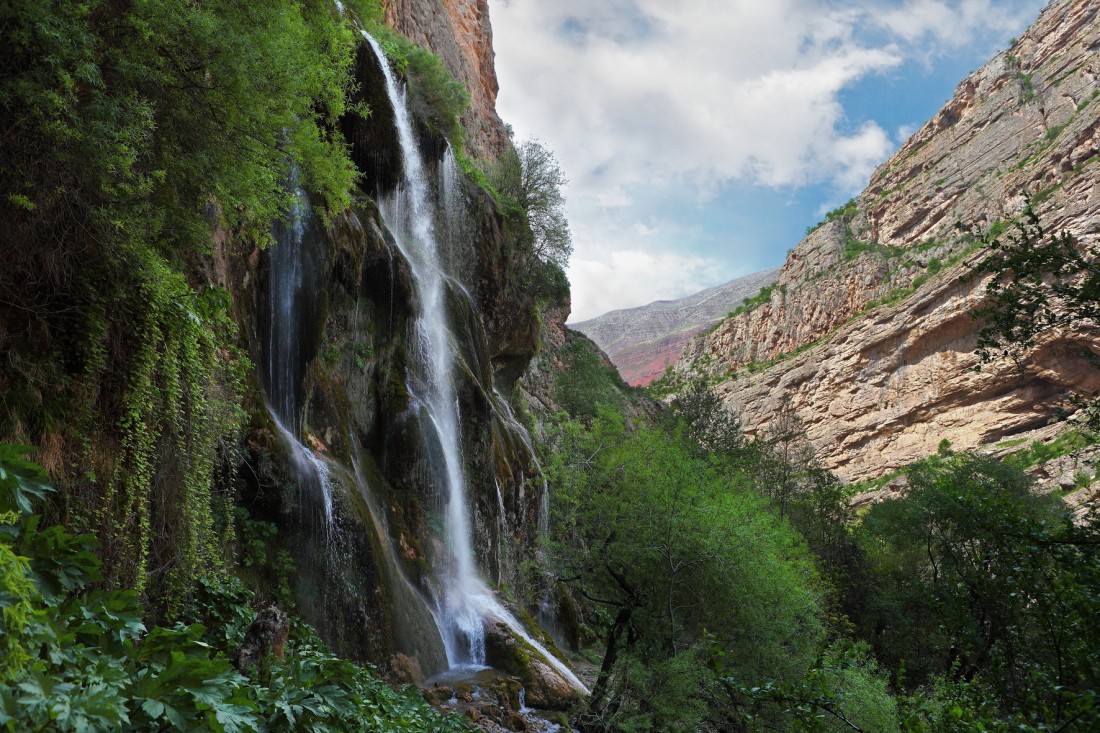
Sangardak waterfall is located 205 kilometers from the city of Termez, on the territory of the Sariosyo district. Sangardak can rightly be called one of the most beautiful places in Uzbekistan. Water falling from a height breaks into billions of microscopic splashes that rise into the air in the form of a substance similar to fog. The rocks surrounding the waterfall are covered with green moss. According to local tradition, if you tie a small piece of cloth on the territory of Sangardak and make a wish, it will certainly come true.
17. Hojaipok Hospital
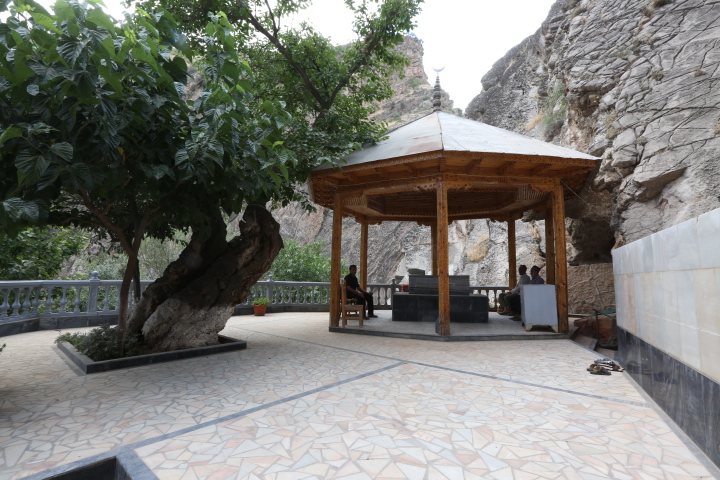
Hojaipok is the hospital and a place of pilgrimage in same time. Name Hojaipok - the nickname of Hazrat Abdurahmon Ibn Andes. This cave is located at the foot of mount Kenagi. The depth of the cave has not been fully studied by experts. Healing spring water that flows from the surface of the cave, has a length of 45 meters and goes into a small underground river. About 200 liters of water come out of the cave per second. The composition of the water was studied by the laboratory of the research center of Semashko, it contains sodium, potassium, calcium, sodium bicarbonate, silicic acid, nitrogen, iron, aluminum and other trace elements.
18. The Settlement of Dalvarzintepa
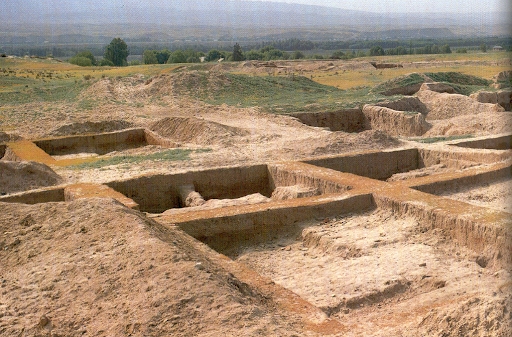
Among the monuments of the Kushan Empire (I-IV centuries AD), a special place is occupied by the ancient settlement of Dalvarzintepa, which is located in the Shurchi district, 60 km from Termez. During the excavations, various ivory items, precious stones, coins, and fine ceramics dating back to the Greco-Bactrian era were found in the settlement. A special place is occupied by the world's oldest chess pieces (I-II centuries AD).
19. The Bridge of Alexander
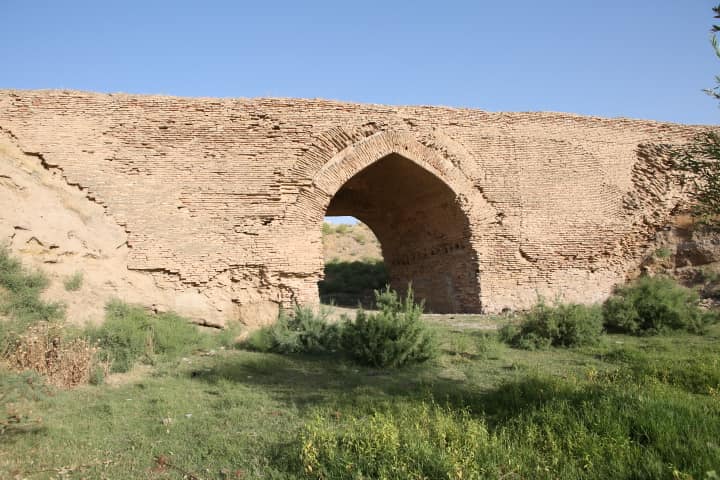
The ancient bridge was built in the XVI century and is located on the site of an ancient trade road that connected the southern regions of the Hissar mountains with old Termez. Now the bridge is located near the M 41 highway in the territory of the Kumkurgan district. The locals call it "the bridge Gisht-Kuprik" or "bridge of Iskander Zulkarnain". Local legend says that this place was crossed by Alexander the Great with his army. Initially, the bridge served as an aqueduct and a stream 20 meters wide and 10 meters deep passed under it.
20. Jarkurgan minaret
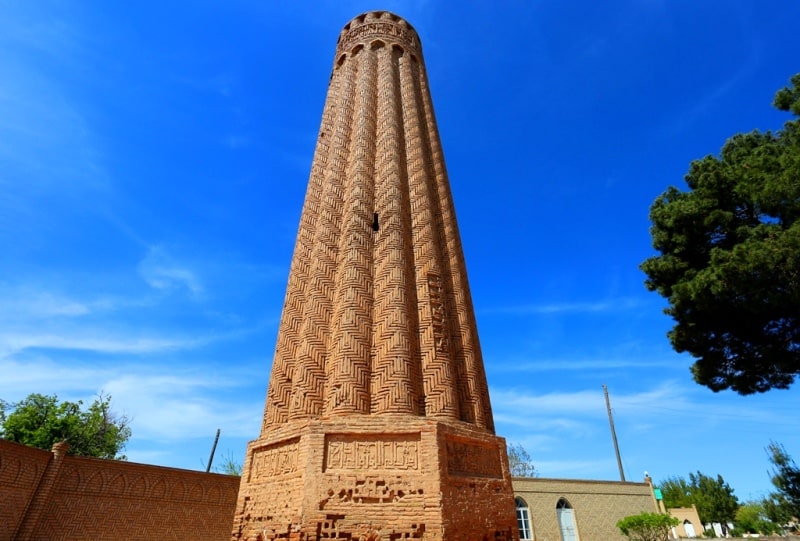
The minaret is located in the village of Minor, located between Kumkurgan and Termez. It was built in 1109 by order of Sultan Sanjar. Now its height is more than twenty meters, but at the time of construction it reached forty-three. Looking at the tower, it is impossible to take your eyes off the decoration. Skilfully executed masonry "herringbone" creates the effect of weaving. And when you stand under the minaret, you get the impression that the masonry is not brick at all, but fabric. The tower consists of sixteen semi-columns that are attached to each other.
Leave a comment
By logging in, you agree to the processing personal data
See also
Workhours: 9:00-18:00, Mn-Fr
For any questions
Uzbekistan


 UZB
UZB RUS
RUS JPN
JPN ARA
ARA FRA
FRA CN
CN DE
DE POR
POR ESP
ESP TUR
TUR ITA
ITA HIN
HIN MAL
MAL





A comment